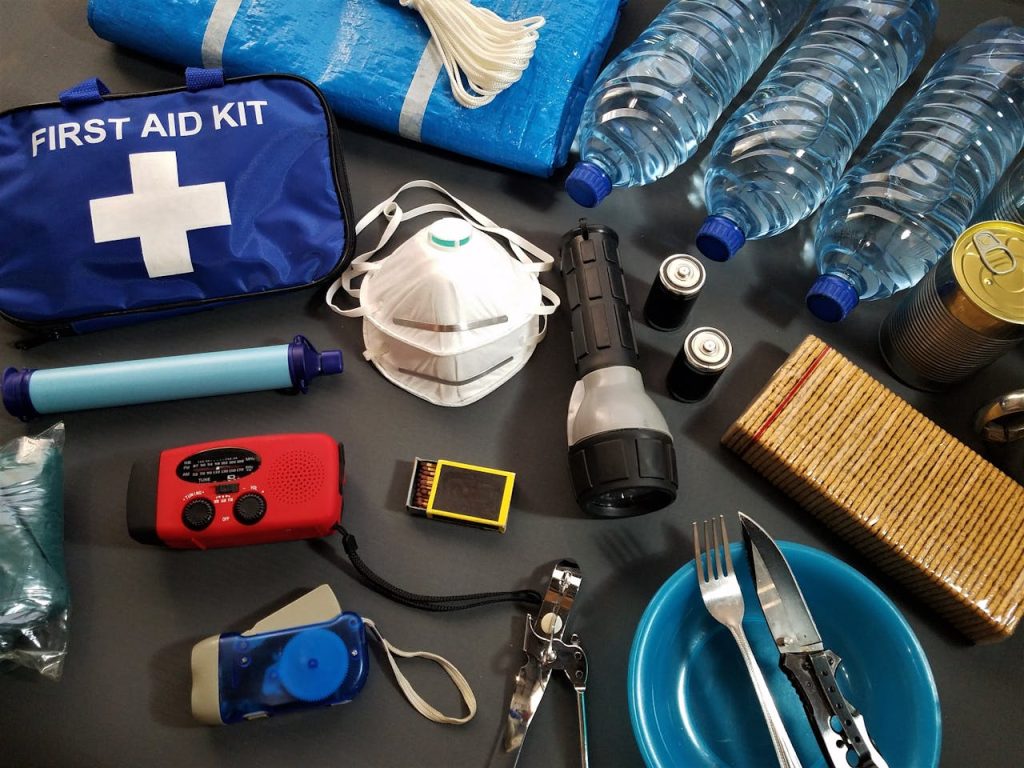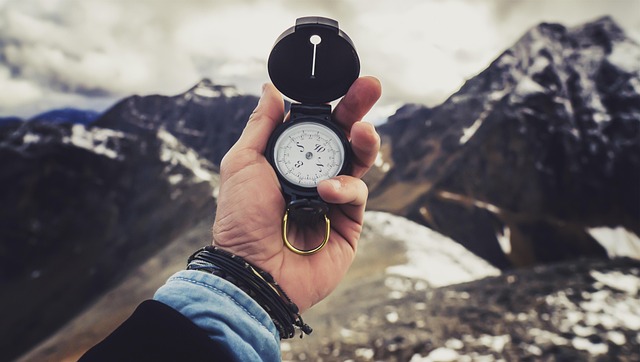When disaster strikes, being prepared can make all the difference. Whether you’re an outdoor enthusiast, a cautious planner, or someone new to the world of emergency readiness, building your own survival kit is a crucial skill. Imagine having everything you need—right when you need it—packed and ready to go.
In this step-by-step guide, we’ll walk you through the essential items every kit should have, tips for customizing based on your needs, and insights into how to maintain and update your gear. From choosing the right container to selecting versatile tools, we’ve got you covered.
Whether you’re gearing up for a weekend hike or preparing for unexpected emergencies, this guide will empower you to build a survival kit that’s not only practical but also gives you peace of mind. Let’s dive in.
Determine the Purpose of Your Survival Kit
Before gathering supplies, it’s important to define the purpose of your survival kit. Are you preparing for natural disasters, outdoor adventures, or unexpected emergencies? A kit designed for camping in remote areas will differ from one intended for urban survival during power outages. Consider your environment, climate, and specific risks you might face.
For example, those in hurricane-prone regions may need waterproof bags and extra food rations, while those in colder climates should prioritize thermal blankets and hand warmers. Understanding the intended use of your kit ensures that you include only the most relevant and life-saving supplies, making your kit both practical and effective.
Find the Essential Items First
Once you’ve determined the purpose of your survival kit, the next step is to gather the essential items. These typically include food, water, first aid supplies, fire-starting tools, and shelter options.
It’s important to choose compact, long-lasting, and multifunctional items to maximize efficiency. For instance, you can find a fire starter kit that includes waterproof matches, a magnesium rod, and a striker, ensuring you have multiple ways to ignite a fire in any condition. Similarly, invest in high-energy food bars, purification tablets, and a sturdy multitool. Focusing on these essentials first ensures your kit meets the most critical survival needs.
Choose the Right Container for Your Kit
The right container can determine how accessible and portable your survival kit is. A durable, waterproof backpack is ideal for mobility, while a plastic bin or metal case may be better for home storage. If your kit is meant for a vehicle, consider a compact yet sturdy box that fits easily under a seat.
Weight distribution is another factor—too heavy, and it becomes impractical to carry; too small, and you risk leaving out crucial supplies. Make sure your container has multiple compartments for easy organization and quick access, helping you find what you need in high-stress situations.
Ensure a Reliable Food and Water Supply
Food and water are fundamental survival needs. Your kit should contain at least a three-day supply of non-perishable food, such as protein bars, freeze-dried meals, and canned goods. Opt for lightweight, calorie-dense options that provide the necessary energy without taking up too much space.
Water is even more critical, so include bottled water, water purification tablets, or a portable filtration system. If space is limited, collapsible water pouches can be a great alternative. Additionally, learning how to locate and purify water in emergency situations is a valuable survival skill that can enhance your preparedness beyond the kit itself.
Prepare a Comprehensive First Aid Kit
A well-equipped first aid kit can be a lifesaver in an emergency. Include bandages, antiseptic wipes, medical tape, tweezers, scissors, and pain relievers as a baseline. Beyond these essentials, add personal medications, allergy treatments, and any necessary prescription drugs. Consider including a first aid manual or a quick-reference guide to help in situations where professional medical help is unavailable.
If you plan on venturing into the wilderness, trauma supplies like a tourniquet, clotting gauze, and a splint can be crucial additions. Your first aid kit should be tailored to your health needs and environment, ensuring you’re ready for any medical situation.
Include Tools for Fire, Shelter, and Navigation
Having the right survival tools can make the difference between comfort and crisis. A reliable fire-starting kit, a sturdy knife, and a multitool are indispensable. The shelter is equally important, so pack an emergency blanket, tarp, or compact tent to protect against harsh weather conditions. Navigation tools such as a map, compass, and GPS device ensure you can find your way if stranded or lost.
Flashlights, extra batteries, and solar-powered chargers provide visibility and power in prolonged emergencies. By equipping your kit with these tools, you enhance your ability to stay safe and self-sufficient in challenging environments.
Pack Personal and Emergency Communication Items
In an emergency, staying connected can be a matter of life and death. A fully charged power bank, extra phone battery, or solar charger ensures your phone remains functional. However, in case of network failures, a two-way radio or emergency whistle can help signal for help. If you’re in a remote location, consider a personal locator beacon (PLB) or satellite communicator for added safety.
Important documents—such as identification copies, emergency contact lists, and local maps—should be kept in a waterproof bag. By including communication tools and essential documents, you ensure that you can call for help or navigate effectively when needed.
Regularly Maintain and Update Your Survival Kit
A survival kit is only as good as its condition. Regular maintenance ensures that expired food, medicine, and broken tools don’t leave you vulnerable in a crisis. Set a reminder to check your kit every six months, replacing perishable items and updating supplies based on changing seasons or new risks.
If you’ve moved to a new location or taken up a different outdoor activity, adjust your kit accordingly. Practicing with your gear—such as using your fire starter or assembling your shelter—also builds confidence and familiarity. Keeping your kit updated and well-maintained guarantees that it remains a reliable resource whenever you need it.

Building your own survival kit is a proactive step toward preparedness and self-sufficiency. By carefully selecting essential items, organizing them in a durable container, and regularly maintaining your supplies, you ensure that you’re ready for any emergency. Whether facing natural disasters, outdoor challenges, or unexpected crises, having a well-equipped kit gives you peace of mind and the ability to respond effectively. Remember, preparation is an ongoing process—update your kit as needed and familiarize yourself with its contents. With the right tools and knowledge, you can confidently handle emergencies and protect yourself and your loved ones when it matters most.


